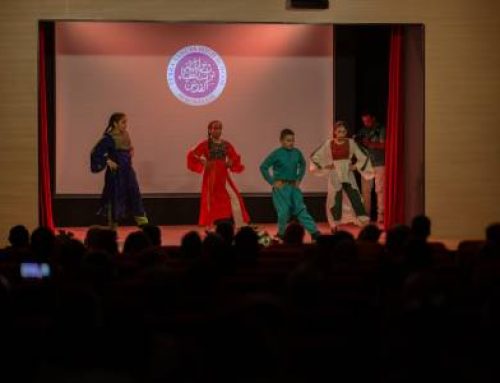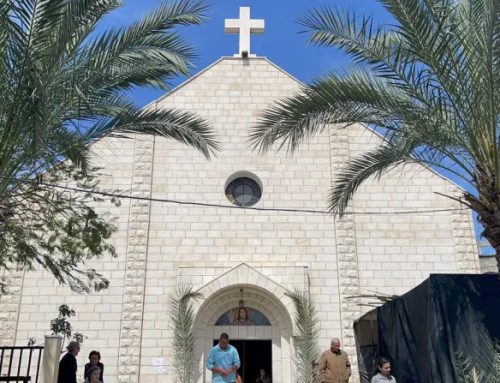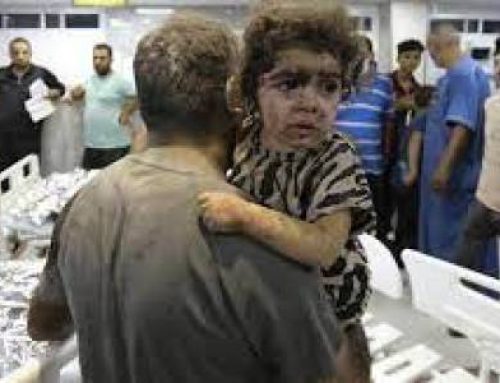In the cruelest of silences, Syria is approaching its 12th anniversary of war.
The year just past reveals all the tragedy that the Syrian people and refugees still have to endure. 2022 is the year in which fewer casualties have been recorded in Syria since the outbreak of civil war on March 15, 2011. Very good news one would say. Too bad that the number of people who died as a result of the war last year was at least 3,825.
Certainly less than 2014 and its 11,000 dead, but we are still talking about a massacre that began more than a decade ago and to date has snatched the lives of about half a million people.
Some governments interpret the decrease in the number of victims as a positive factor for an ever-closer peace. But the reality on the ground is quite different. While it is true that the intensity of fighting has gradually decreased over the past two years, especially in the areas to the north, it is also true that in 2022 alone, landmines scattered across the Syrian nation killed more than 200 people, half of them minors.
The number of people wounded due to unexploded remnants of war left on the ground is incalculable.
The newspaper La Repubblica reports that in 2022 the number of children killed as a result of the war in Syria is 321.
The background
Syrians even today are suffering tremendously. The country is still in the grip of chaos and is not safe: kidnappings, torture, detention, collective punishment, international sanctions and the “poverty bomb” are as deadly as the weapons.
Under President Bashar al-Assad‘s regime, 85% of Syrians live in absolute poverty.
Some 14.6 million people are in need of humanitarian assistance right now, and analysts describe 2022 as the worst since the outbreak of the revolution against the president in terms of the economic and humanitarian situation.
Activists, ngos, and institutions say the situation in Syria still does not allow millions of refugees to return. Much of the destroyed infrastructure has not yet been rebuilt, the economy has been collapsing for a decade now, cold penetrates homes without electricity, and international sanctions, primarily the Caesar Syria Civilian Protection Act, only affect the population at the end of its strength.
Country and people destroyed, the Syrian lira in free fall, prohibitive prices of basic necessities, and broken families.
Relations with countries in the region
Several researchers and analysts argue that something timidly is changing.
With Russia engaged in the war in Ukraine for almost a year now, the Sunni Gulf states want to establish themselves as major players in the postwar reconstruction of Syria, and there is also a focus on tapping at least some foreign investmenti. Damascus seems intent on regaining an important role in the Middle East and wants to re-establish good diplomatic relations with countries in the region.
In 2018, the United Arab Emirates set an example to other Arab countries on the need to rehabilitate President Bashar al-Assad by first reopening its embassy in the Syrian capital From 2021, nine of the 22 members of the Arab League have followed the Emirates’ steps.
The Biden Administration now focuses almost exclusively on stability in Israel (which, by the way, continues to carry out dozens of raids in Syria) and an Iran nuclear deal. .
The future of the Kurdish civilian population in Syria, the large areas still outside government control, and the never-ending attacks by lone wolves and terrorist cells remain uncertain.
While peace for Syria seems impossible to many international affairs experts, the hope and resilience that Syrian civilians testify to us with each mission to the country is a sign of a great humanity that endures despite the abuse and suffering.
We will tell you about this in future articles.
by:Veronica Brocca






